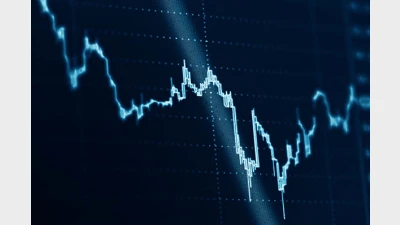Industry funds eye agriculture investment


Australia’s industry superannuation funds have turned their attention to agricultural investment, releasing a discussion paper which suggests that with the right incentives they would be prepared to direct funding to the area.
Industry Super Australia (ISA) has released the discussion paper authored by ISA chief economist, Dr Stephen Anthony who said it represented a response to calls for the superannuation sector to invest in local agriculture and, in doing so, support regional development.
However, the ISA discussion paper is urging change on the part of Government including around infrastructure, regulation, trade policy, and foreign investment rules.
Anthony said the groundwork needed to be laid before such investment could occur because institutional players had not always fared well in Australian agriculture.
“Past failures, poorly executed or short sighted, usually revealed on closer examination mitigating factors, if not a silver lining,” said Anthony. “With scale and the right settings, the fundamentals of relatively stable returns, capital appreciation from rising land values and renewable income cash flows are very attractive.”
The ISA economist said that, into the future, Australia was capable of positioning itself as the food bowl for Asia’s burgeoning middle class and that Australian superannuation funds were in a position to help take agriculture to the next level in global competitiveness.
“But to start, the funds will need reliable, independent data; agriculture-specific expertise; and revised national policy settings,” he said.
Anthony’s paper pointed to the fact that global investors were already rapidly accumulating strategic stakes in local agricultural holdings with Canadian and US funds investing over $1 billion in Australia since 2007
“Australia is receiving ready-access to foreign capital and expertise; but our agricultural industry is being ‘cherry picked’ with quality assets falling into the hands of external investors,” he said.
Recommended for you
As market volatility persists, some super funds are pivoting defensively, while others are strategically positioning to capitalise on emerging opportunities.
New data has shown a progressive deterioration in risk appetite among instos even prior to Donald Trump’s latest round of tariffs.
UniSuper has reached “peak investment” in US assets and is now preparing to reassess its exposures amid ongoing sharemarket volatility.
Investors have slashed their US equity allocations to the lowest level on record, according to new data from Bank of America.












